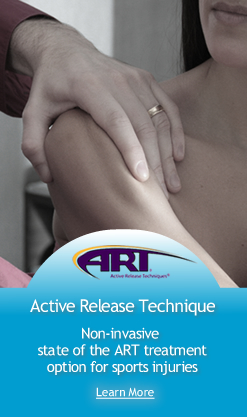Fascial Manipulation is the newest and most exciting manual therapy technique added to our group of board certified procedures in years. It was researched and invented by Drs. Luigi Stecco, Carla Stecco, and Antonio Stecco, MDs of Paduva, Italy. The method has evolved over the last 35 years through intense research by cadaveric dissection, live ultrasound analysis, and clinical observation. Most interestingly, they divide the areas of treatment by movement planes, as well as complex movement patterns centered around joint and muscular dysfunction. Their research has led us to achieve remarkable results.
What is Fascia?
A fascia is a structure of connective tissue that surrounds muscles, groups of muscles, blood vessels, and nerves, binding some structures together. Fascia are similar to ligaments and tendons as they are all made of collagen. However, ligaments join one bone to another bone, tendons join muscle to bone, and fascia surround muscles or other structures.
Fascia:
- Provide a sliding and gliding environment for muscles.
- Suspend organs in their proper place.
- Transmit movement from muscles to bones.
- Provide a supportive and movable wrapping for nerves and blood vessels as they pass through and between muscles.
How does Fascial Manipulation work?
Due to trauma or inflammation fascia may shorten and what was previously a pain-free range of motion may become painful and restricted (Langevin 2008). The normal sliding of the fascia becomes compromised and increases collagen production (scar tissue). Fascial manipulation is a biomechanical model that assists in understanding the role of fascia in musculoskeletal disorders to identify and treat these abnormal adhesions or "densifications" usually present with orthopedic conditions. These adhesions often change the transmission forces through your muscles and tendons causing recurring pain and/or injury.
The mainstay of this manual technique lies in the identification of a specific, localized area of the fascia in connection with a specific limited movement or pain location. Once a limited or painful movement is identified, then a specific point on the fascia is manipulated, the adhesion/densification disappears or decreases and then movement is restored and pain reduced. By eliminating these adhesions through fascial manipulation the force transmission returns to normal and pain rapidly resolves.
Fascial manipulation can produce prompt relief of:
Regardless of the cause of these (and many other) painful ailments, complete and lasting relief is accelerated through the use of this remarkable breakthrough technique.

